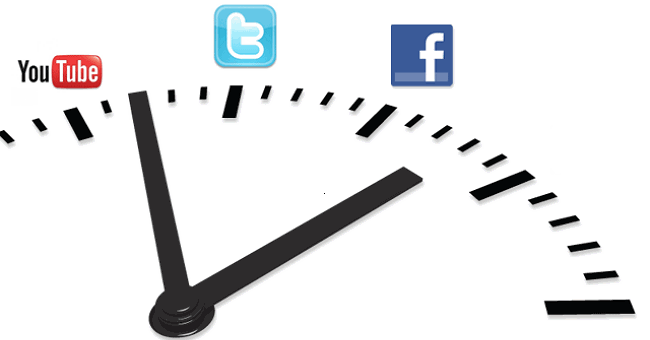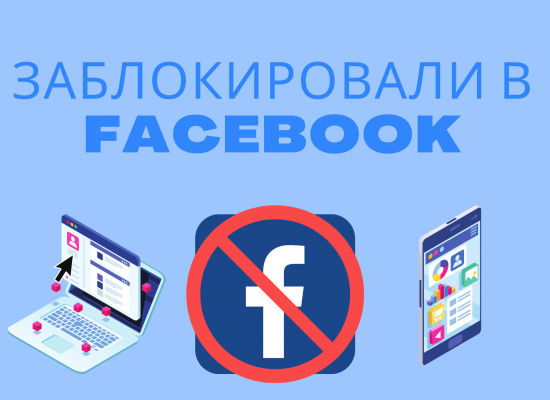Specialists from Bitly (link shortening service) conducted an interesting study to find out what is the most successful time for publication on various social platforms (Twitter, Facebook, YouTube, etc.), and which links “live” longer. Borrowing the term “half-life” from physics, Bitly decided to apply it to the “lifespan” of a link, that is, the period of time during which it generates traffic. The results were interesting and useful, although the conclusions were quite predictable.
Social media marketing in one way or another comes down to engaging users in your content so that they share the links you suggest with friends and generate organic traffic.
Model social media promotions quite simple - the more eyes that see your link, the more clicks you will be able to get. And clicks, in turn, become conversions, leads, customers, and ultimately brand evangelists.
As a marketer, before revealing your exceptional content to the world, you plan, create, design and double-check everything. But when the planning stage is over and it's time to publish this content, many are wondering - when should I publish this?
It is very likely that you have to work in a highly competitive environment. There are dozens (if not hundreds) of other marketers who are just as eager to get clicks from your audience, and each of them has compelling content that they want to increase their sales with again at the expense of your audience.
So how do you compete in such an “overcrowded” environment? What advantages can social media tools give you to win the fight for desirable clicks?
In an environment where a modern social media user can focus on something for no more than 5 seconds, it is very important to make sure that the audience sees your link before someone else grabs their attention.
So how do you get the most clicks from each link?
Time is everything
Posting the link at the right time for your audience will help you get the most out of your content. To do this, it is important to know when those hours come when people are most active on social networks.
On an average day, Bitly cuts over 80 million links that generate over 300 million clicks - that's a lot of data. Bitly keeps track of what time of day people create short links and share them across multiple platforms, allowing service professionals to form their own point of view on how well-known social networks differ from each other.
Bitly also keeps track of major trends and link movement as soon as they hit the social media world.
An analysis of user behavior on Facebook and Twitter made it possible to determine the average traffic generated by links, depending on what time of day they were published. The results and conclusions will surely help optimize your social media efforts:
Note: All data is based on Eastern North American Time. Days of the week starting with Monday are on the y-axis, and times of day starting at midnight are on the x-axis. The darker the blue areas, the more average traffic per links, the white areas show when the links generated less traffic.
Twitter: Posting at lunchtime in the first half of the week is the best opportunity to get a lot of clicks. (13:00-15:00 from Monday to Thursday).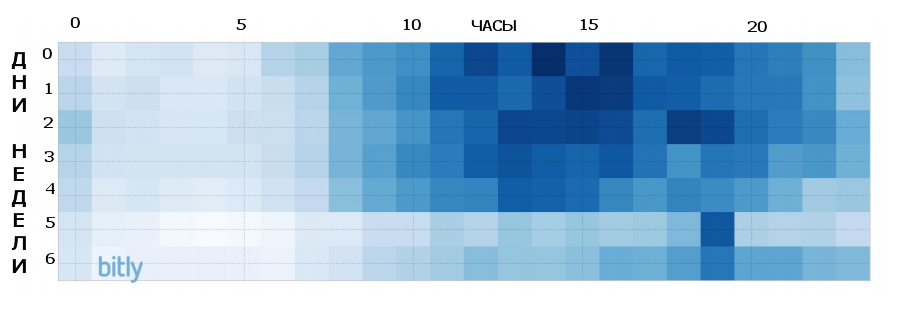
Facebook: links published from 13:00 to 16:00 show the highest CTR. Peak time is Wednesday 15:00.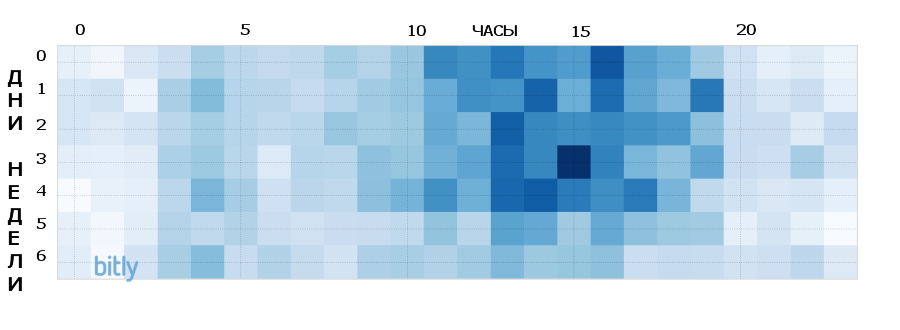
An analysis of these trends shows that people on social media are most active in the afternoon. Perhaps they want to make it easier to return to work, and for this they look at new articles or publications, or they simply want to extend their vacation a little more.
So you just shared a link, what's next?
Social media traffic generation
Even though every link you post contains unique content, Bitly still noticed some patterns in how long a link continues to generate traffic. To do this, we calculated its so-called “half-life”: the amount of time during which the link receives half of all possible clicks after reaching peak performance.
Let's take a look at a specific example: "Otter Baby Befriends Abandoned Kittens," which was first published by Stylist magazine on Facebook on Tuesday at 7:12 am. If we track all-time clicks for this link, we conclude that its “half-life” was 70 minutes.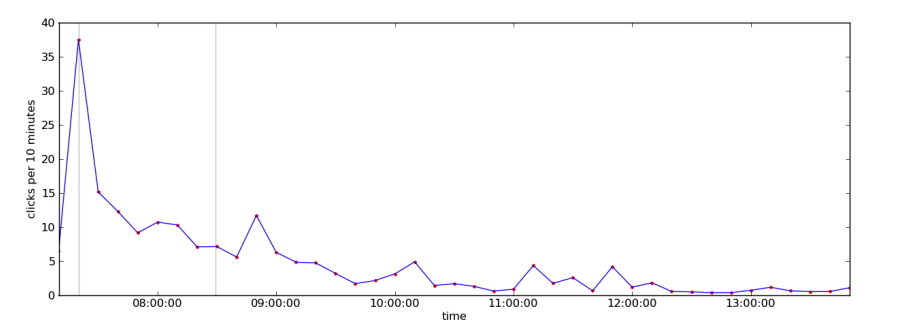
Another example: "Earthquake on the East Coast: 5.8 points, the epicenter was in the state of Virginia" - first published by the Washington Post on Twitter.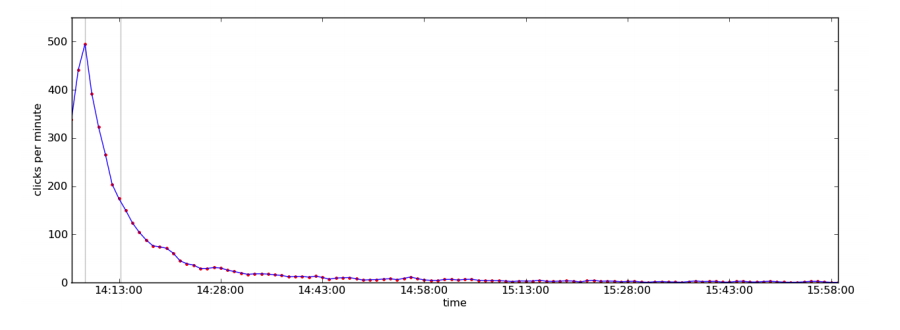
While the exact traffic figures are slightly different, and the scale of traffic on this link is much larger, essentially we are seeing the same pattern: a faster upswing and a smoother downswing. However, the “half-life” for this link is only 5 minutes.
The question arises: “Do links on Facebook “live” longer than on Twitter?”. But an analysis of the 1000 most popular bitly links showed that the results are surprisingly similar.
Youtube is a half-life star
On average, the “half-life” of a link on Twitter is 2.8 hours, on Facebook it is 3.2 hours, and for direct sources (e.g. email or messenger messages) it is 3.4 hours. According to this study, the “half-life” does not differ too much between platforms. Or is it still different?
The graph shows the distribution of "half-lives" across the four main platforms: Facebook, Twitter, Direct Links and YouTube.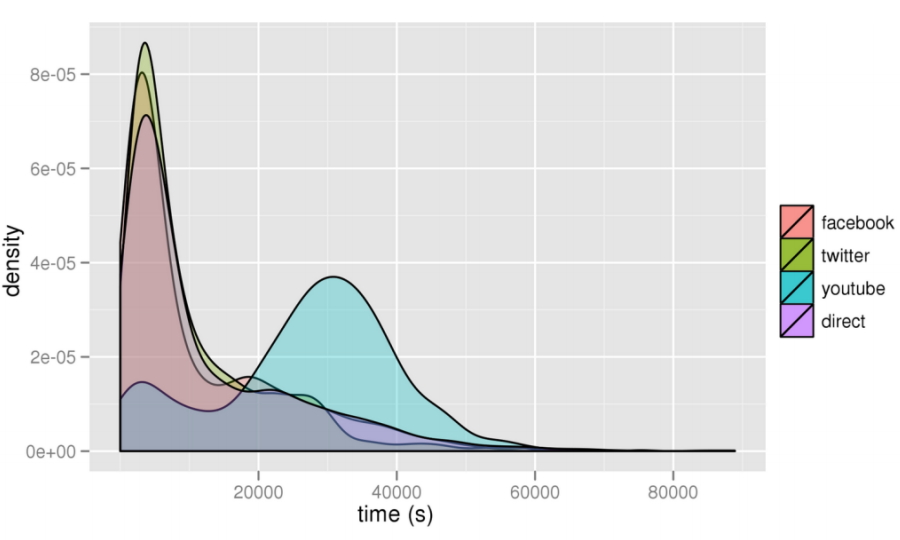
As you can see, the average "half-life" of a YouTube link is an astounding 7.4 hours! As consumers, YouTube users remain interested in video content for a longer period of time.
But all this data shows only a general relationship of link propagation across different platforms. It's entirely possible that a large national grocery chain and a local nightclub will have different link propagation models. Each area has its own characteristics of behavior. Therefore, even all the recommendations provided should be tested for your specific case before being used on an ongoing basis.
5 Tips for Social Media Optimization:
- On weekdays, post links in the afternoon, most likely more people will notice them that way.
- Try scheduling a repost after 5 hours so that your post gets noticed by the people who missed it the first time, and it might give your link a second life.
- If your audience spans multiple countries, take time differences into account so you don't miss out on audiences from other countries. For example, if you're in New York but want your post to be seen by users in the UK, you'll need to schedule your post for 8:00 AM ET to be seen in London at 1:00 pm.
- Each industry has its own characteristics of user behavior, which is why it is so important to track the best time to publish in your case. For example, if you sell mattresses, it might make sense to post late at night about how your comfortable mattresses help people fall asleep faster. In any case, test, test and test again.
- Different platforms give different duration of traffic generation. If you want the link to "live" as long as possible, try creating a YouTube video.
Following these tips can increase the number of visitors you get, but true engagement and success depends more on what's behind the link. So monitoring the content itself to understand what works and what doesn't is also very important.
In the end, it all comes down to a well-known fact anyway: the lifespan of a link has more to do with the content it leads to than it does with the platform you publish it on.




